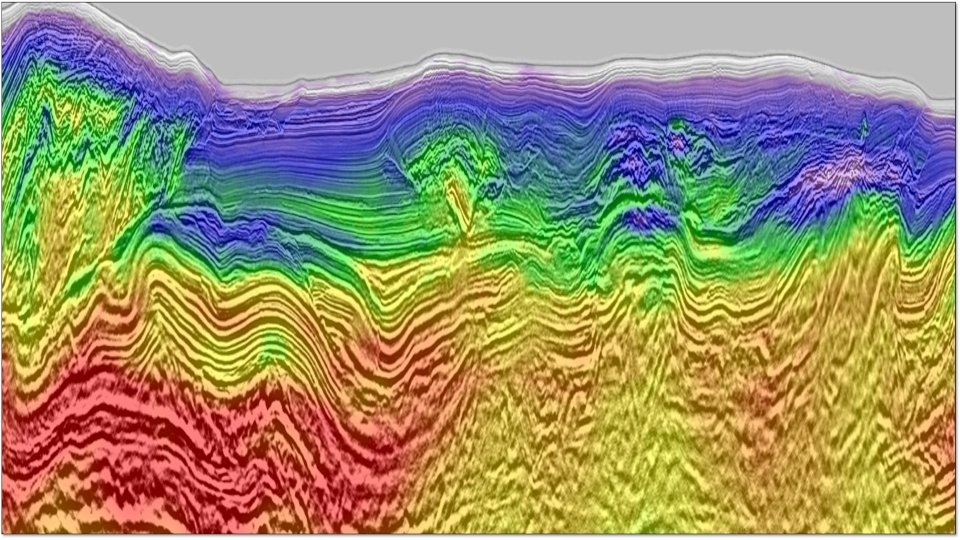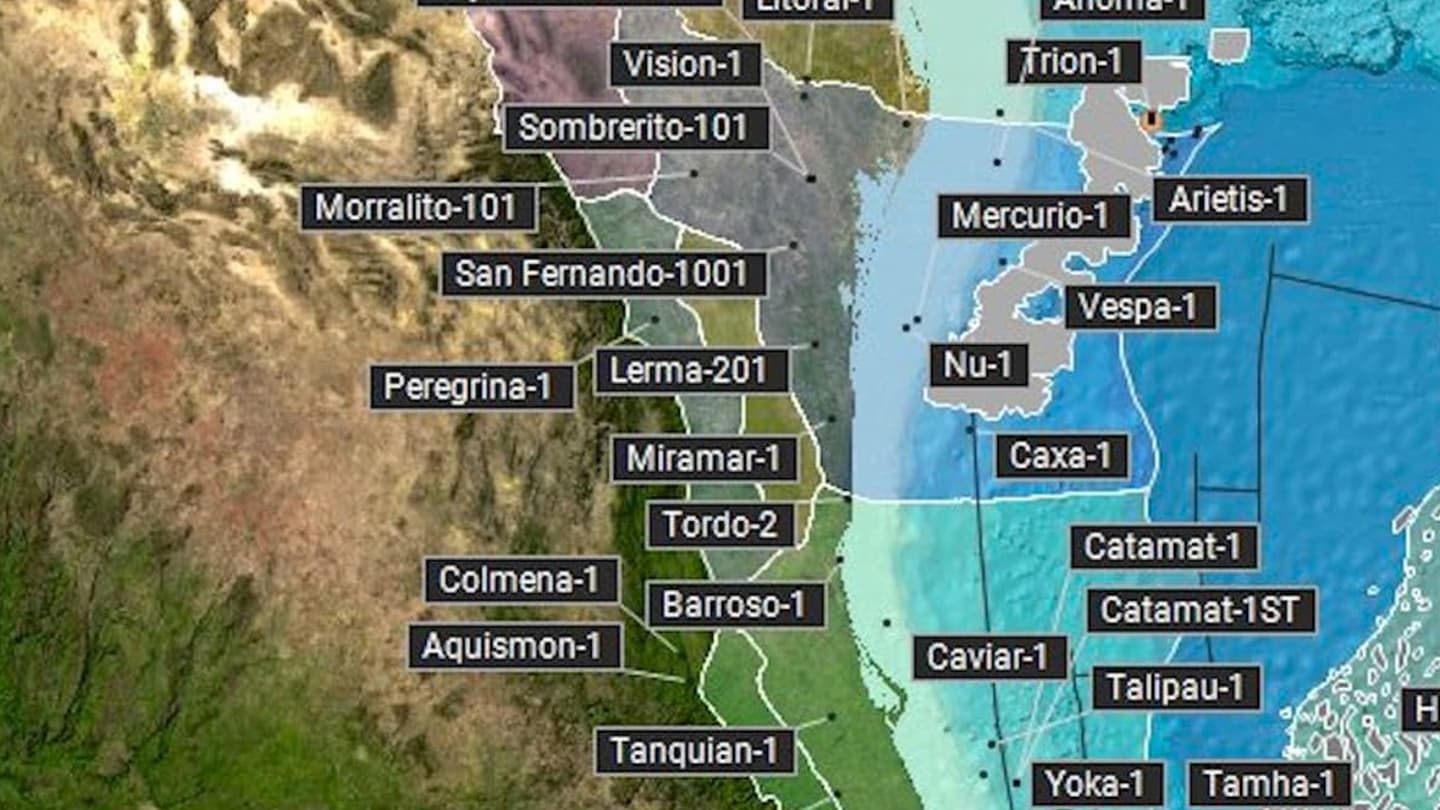Estimation of primaries by sparse inversion in shallow water: Practical challenges and strategies
Estimation of primaries by sparse inversion in shallow water: Practical challenges and strategies
Estimation of primaries by sparse inversion (EPSI) is an iterative method that effectively separates primaries and surface-related multiples, especially in shallow water. Multiple attenuation in shallow water is challenging, mainly because of acquisition limitations. We propose a strategy for EPSI with the following objectives ...





